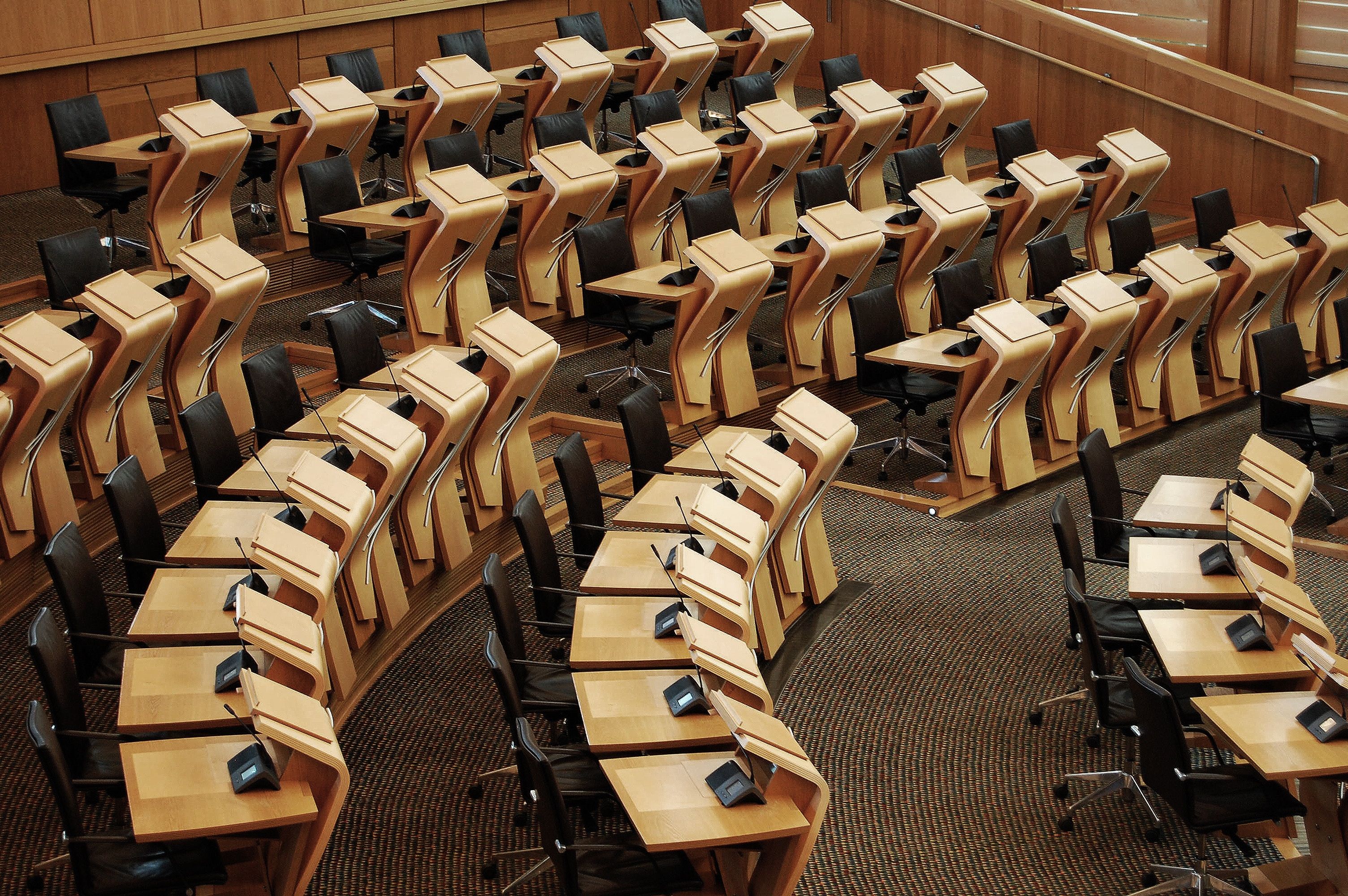Ban muirburn on peat
Introduce a ban on burning on peatlands.
Since the land of Scotland is currently a very significant source of emissions, in order to meet Scotland’s emission reduction targets it is vital that changes – including to muirburn – are made to current land use and land management. The status quo is not an option.
Muirburn is a well-established practice that takes place across a range of soil types, but the risks to our carbon stocks is too great to allow this practice to continue over peatlands. Not only is there a risk that a vegetation fire could get into the peat itself but burning can also damage peatlands and we know that degraded peatlands are net sources of peat loss and greenhouse gases. Muirburn and wildfires also make a significant contribution to local and regional air quality problems.250
Muirburn is regulated under the Hill Farming Act 1946 (as amended) and this legislation sets out the burning season and associated rules, the contravention of which constitutes an offence. Burning on peatland is not an offence and does take place. Research published in 2015 mapped burning across c.45,000km2 of the UK and found that a third of the burned areas in Scotland and England were on peat of 50cm or deeper.251
The NatureScot evidence review on the impacts of muirburn on wildfire prevention, carbon storage and biodiversity252 concluded that ‘there is evidence that muirburn directly causes a proportion of wildfires that occur, however there remains uncertainty regarding this proportion.’ Given that muirburn can be a cause of wildfire, better regulation as a means of reducing wildfire risk is important. With the incidence and severity of wildfires expected to increase in coming years due to climate change253 we should be doing all we can to minimise the risk of wildfires.
The IUCN Peatland Programme takes the view that there is consensus, based on the current body of scientific evidence, that burning on peatland (especially blanket bog and wet heath) can result in damage to peatland species, microtopography and wider peatland habitat, peat soils and peatland ecosystem functions254 – further reducing their sequestration capacity and turning them into sources of greenhouse gas emissions. They highlight that healthy peatlands do not require burning for their maintenance.
At present, the Muirburn Code states that burning should not take place on peatlands (taken to be areas of peat deeper than 50cm), but there is no regulatory means of preventing this practice given that the Code is advisory. As such, a stronger regulatory framework is required to actively prevent burning on peatlands.
The draft Wildlife Management and Muirburn (Scotland) Bill extends the licensing of muirburn to cover any time of year and any location.255 This is potentially a useful step forward, but SCCS believes that any new regulatory framework for muirburn must also include an outright prohibition of burning on peatlands.
This would require legislation to be amended and an offence to be created with an appropriate penalty – with the definition of “peatlands” also being tightened from “peat deeper than 50cm” to one of 30cm or lower. This step has also been suggested by the government’s own advisory body, the Committee on Climate Change.
For further information:
- SCCS response to Wildlife Management and Muirburn Bill stage 1 evidence, SCCS, 2023, https://www.stopclimatechaos.scot/wp-content/uploads/2023/05/SCCS-WMM-Bill-Stage-1- evidence-1.pdf
- Muirburning for grouse: does it increase or decrease net carbon emissions?, Revive, 2022, https://revive.scot/publication/1610/
Effects of net zero policies and climate change on air quality, the Royal Society, 2021, https://royalsociety.org/topics-policy/projects/airquality- climate-change/
Douglas D.J.T., Buchanan G.M., Thompson P., Amar A., Fielding D.A., Redpath S.M., Wilson J.D., (2015) Vegetation burning for game management in the UK uplands is increasing and overlaps spatially with soil carbon and protected areas, Biological Conservation, 191, 243-250.
NatureScot Research Report 1302 – Reviewing, assessing and critiquing the evidence base on the impacts of muirburn on wildfire prevention, carbon storage and biodiversity, NatureScot, 2022, https://www.nature.scot/doc/naturescot-research-report-1302-reviewingassessing-and-critiquing-evidence-base-impacts-muirburn
Fire Danger Rating System home page, 2023, https://www.scottishfiredangerratingsystem.co.uk/project/overview
Position Statement: Burning and peatlands, IUCN Peatlands Programme, 2020, https://www.iucn-uk-peatlandprogramme.org/sites/ default/files/header-images/Resources/IUCN%20UK%20PP%20Burning%20and%20Peatlands%20Position%20Paper%202020%20Update.pdf
Wildlife Management and Muirburn (Scotland) Bill – Explanatory Notes, Scottish Parliament, 2023, https://www.parliament.scot/-/media/ files/legislation/bills/s6-bills/wildlife-management-and-muirburn-scotland-bill/introduced/accessible-explanatory-notes.pdf

